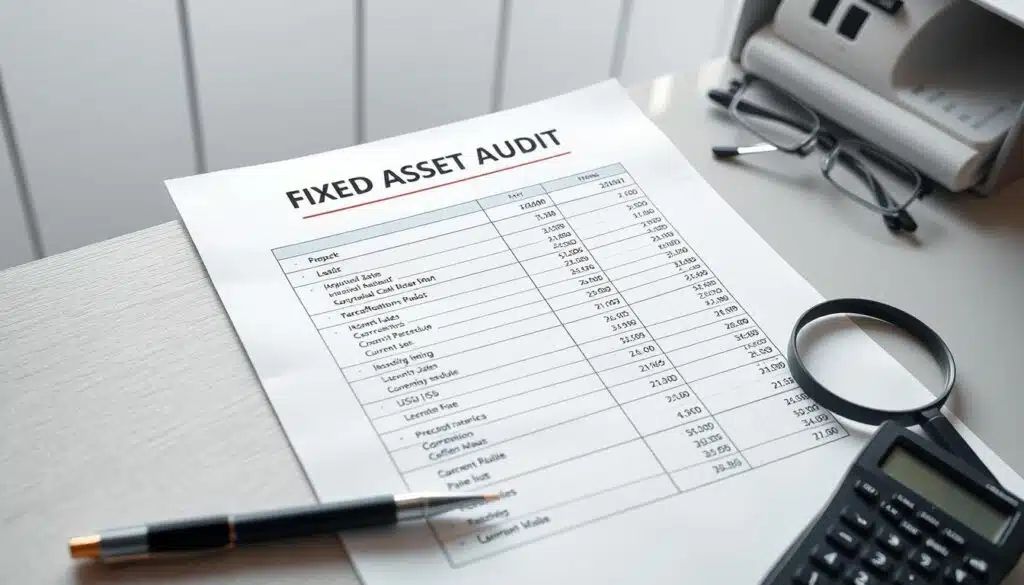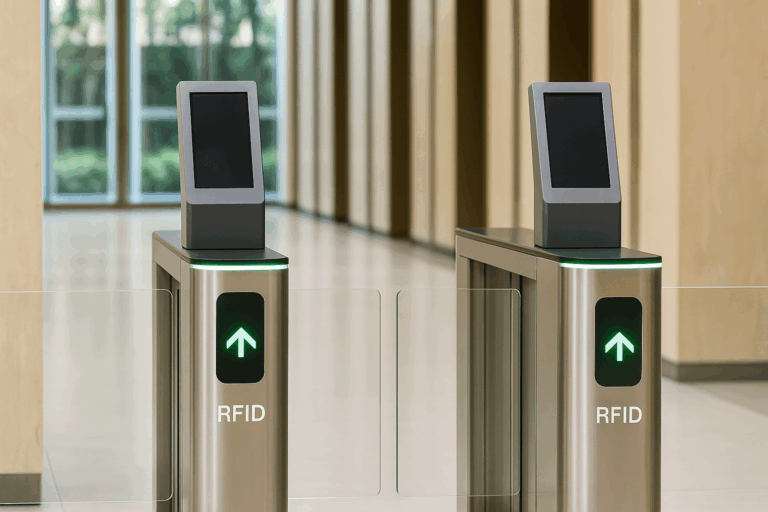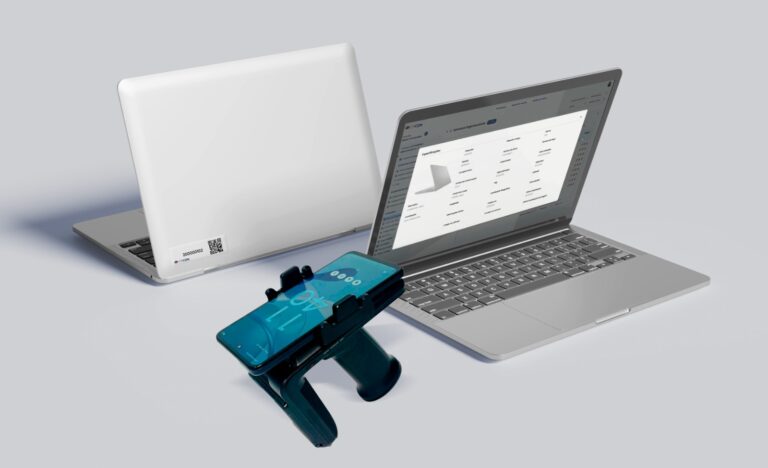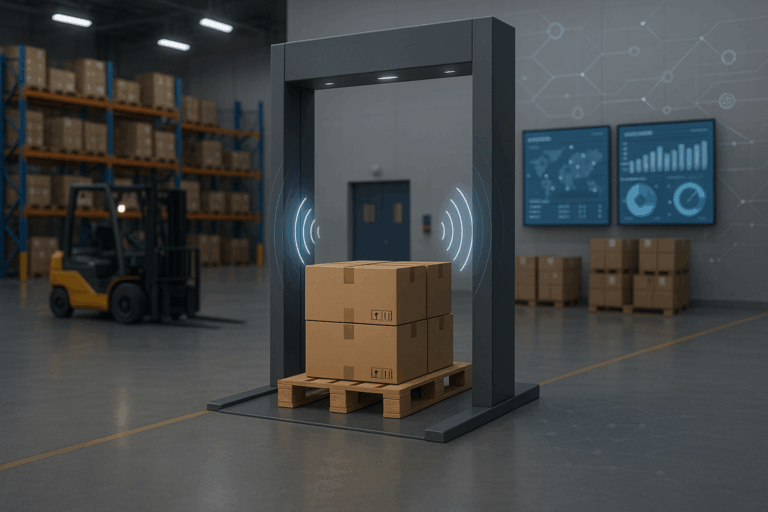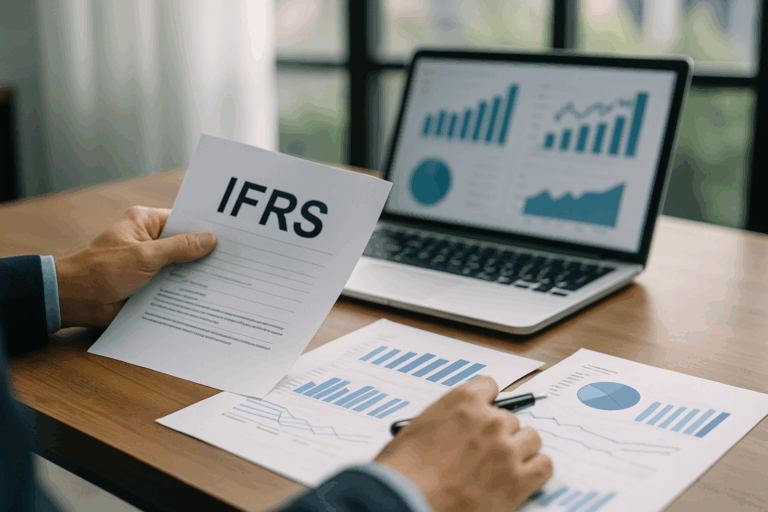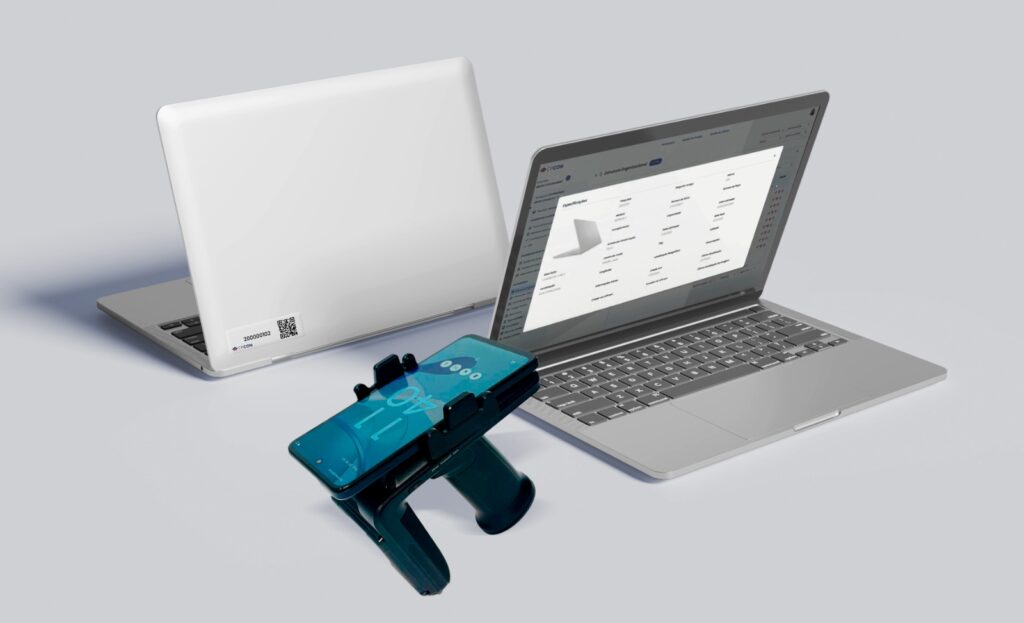In a fast-moving business environment, fixed asset audits play a critical role in financial accuracy and operational efficiency. This guide breaks down the audit process, focusing on verifying asset existence, assessing their condition, and ensuring records align with reality.
Finance professionals and managers will find practical steps to streamline asset verification and prevent discrepancies. With a structured approach, businesses can maintain precise records, reduce financial risks, and meet compliance standards without unnecessary complexity.
Table of Contents
ToggleUnderstanding Fixed Asset Audits
A fixed asset audit is essential for maintaining financial integrity. It verifies both physical and digital assets, ensuring that recorded data accurately reflects reality.
Regular audits confirm the existence, condition, and proper documentation of assets, preventing discrepancies that could distort financial reports.
What is a Fixed Asset Audit?
A fixed asset audit is a thorough examination of a company’s resources, including machinery, real estate, and digital assets. Its primary goal is to validate that all assets exist and are properly accounted for in financial statements.
Beyond compliance, these audits strengthen investor confidence and reinforce transparency in financial management.
The Importance of Asset Audits in Business
Asset audits play a crucial role in identifying discrepancies, mitigating fraud risks, and ensuring adherence to accounting regulations.
By maintaining accurate records, companies optimize resource allocation, enhance decision-making, and safeguard long-term financial stability.
Preparing for an Asset Audit
A well-executed asset audit begins long before the actual inspection. Proper preparation ensures a seamless process, minimizes disruptions, and strengthens financial accuracy.
It starts with gathering essential documentation, cataloging assets, and verifying their existence and condition. Neglecting these steps can lead to inconsistencies, financial misstatements, and compliance issues.
Gathering Necessary Documentation
Every asset has a story, when it was acquired, how it has been used, and where it stands in the company’s financial records.
The first step in audit preparation is assembling key documents, such as purchase invoices, depreciation schedules, and asset registration records. These serve as proof of ownership and help auditors cross-check recorded values with actual physical assets.
Missing or incomplete records can trigger discrepancies, requiring adjustments that impact financial statements. For example, if a company lists high-value machinery on its balance sheet but lacks purchase receipts or maintenance logs, auditors may question its legitimacy, leading to potential write-offs or restatements.
Identifying Fixed Assets in Your Organization
A precise asset inventory is the foundation of a successful audit. Organizations should maintain an up-to-date list detailing all assets, their locations, and unique identification numbers. This not only ensures accuracy but also enhances accountability.
Consider a logistics company with hundreds of vehicles spread across multiple locations. Without a structured asset tracking system, discrepancies can arise, vehicles might be misplaced, double-counted, or even removed from service without proper documentation.
Assigning unique asset tags and performing periodic internal audits prevent such issues, streamlining the formal audit process.
By proactively identifying and organizing assets, companies reduce audit risks, improve financial transparency, and build a solid framework for long-term asset management.
Steps to Conducting a Fixed Asset Audit
To do a successful fixed asset audit, you need a solid plan. This includes careful planning, clear roles, and a detailed checklist. Each part is key to checking your company’s physical assets well.
Planning the Audit Process
Good planning is the base of a great audit. You must decide on the scope, timeline, and resources needed. A clear plan helps keep the audit organized and smooth. Important things to think about include:
- Setting a project timeline with crucial milestones.
- Identifying required personnel and their tasks.
- Deciding on the budget and resources for the audit.
Assigning Roles and Responsibilities
Clear roles make the audit run smoothly. Each person should know what they’re doing to avoid confusion and boost work. Roles can include:
- Lead auditor: in charge of the audit and following rules.
- Data analyst: looks at financial and asset data.
- Field personnel: checks the assets in person.
Developing an Audit Checklist
A checklist is vital for a thorough asset review. It helps check who owns the assets and their condition. It also makes sure everything follows rules. The checklist might have:
| Checklist Item | Description | Status |
|---|---|---|
| Asset Identification | Make sure assets are tagged and recorded right. | Completed |
| Condition Assessment | Check how each asset is doing physically. | In Progress |
| Ownership Verification | Check who owns each asset and the paperwork. | Pending |
| Depreciation Review | Look at depreciation schedules to see if they’re right. | Upcoming |
Using a structured checklist makes the audit more accurate. It helps catch any mistakes. These steps help do a complete asset audit. This makes financial reports and managing resources better in your company.
Performing the Physical Inspection
The physical inspection is a key part of checking assets. Auditors go through facilities to see if assets are there and in good shape. They check each asset against the records to make sure everything matches up.
They look closely at how well assets are doing. They note any wear, damage, or if they’re outdated. This helps them decide if assets need fixing, replacing, or getting rid of.
Using a solid method for the audit makes the results more reliable. Auditors write down what they find. This helps make smart choices about taking care of assets.
| Asset Type | Condition | Last Inspection Date | Next Recommended Action |
|---|---|---|---|
| Computers | Good | 2023-01-15 | Monitor for updates |
| Office Furniture | Fair | 2023-03-22 | Evaluate for replacement |
| Warehouse Equipment | Poor | 2023-02-10 | Immediate replacement needed |
| Vehicles | Good | 2023-04-05 | Regular maintenance |
Recording and Reporting Findings
After checking fixed assets, it’s key to write down their condition and where they are. This part of the audit is vital for reporting on assets. It’s about noting any issues like missing or damaged items. Good audit notes give a clear view of the company’s assets, keeping all data current and trustworthy.
Once all findings are in, it’s time to make the audit report. This report should cover how the audit was done, what was found, and any advice for better management. The report must be clear for everyone involved, as it’s not just for following rules. It also helps improve how assets are managed and guides better decisions.
The audit report is crucial for showing the financial and operational health of a company. It gives a detailed look that helps in management reviews and planning. This ensures that managing assets fits with the company’s goals.
How CPCON Can Elevate Your Asset Audit Process
A well-executed fixed asset audit is more than a compliance requirement, it’s a strategic tool for financial accuracy, operational efficiency, and risk mitigation. From verifying asset existence to ensuring proper documentation, each step in the process plays a crucial role in strengthening a company’s financial health.
However, conducting these audits effectively requires expertise, structured methodologies, and the right technological support.
CPCON specializes in providing end-to-end asset audit solutions, helping businesses streamline their audit processes with precision and reliability.
With advanced asset tracking systems, expert advisory services, and cutting-edge digital tools, CPCON ensures organizations maintain accurate financial records, mitigate risks, and optimize resource allocation.
By partnering with CPCON, companies gain access to tailored audit strategies, real-time data insights, and seamless compliance management.
Whether improving internal controls or preparing for external audits, CPCON empowers businesses with the expertise and technology needed for robust asset management.
For organizations seeking efficiency, accuracy, and peace of mind in asset audits, CPCON is the trusted partner to drive sustainable financial integrity.
FAQ
What is the purpose of a fixed asset audit?
A fixed asset audit checks if an organization’s fixed assets really exist and are in good shape. It makes sure financial reports are correct and follows accounting rules.
How often should a fixed asset audit be conducted?
Fixed asset audits should happen every year to keep financial records right. But, some companies might do them more often, depending on their assets’ value and how often they change.
What documentation is required for a fixed asset audit?
For a fixed asset audit, you need things like purchase invoices and asset registration records. Also, previous audit reports and maintenance records help prove ownership and gather data for comparison.
What steps are involved in planning a fixed asset audit?
Planning a fixed asset audit means setting its scope, timeline, and resources. You also need to pick the methods to use and assign roles to team members for smooth work.
Why is the physical inspection of assets important?
The physical check is key to confirm assets exist and are in good shape. It shows their condition and spots any damage or old age that could harm the company’s finances.
How should the findings of a fixed asset audit be documented?
Details of asset condition, location, and any issues should be written down carefully. This info goes into an audit report that outlines the audit process, findings, and steps to take next.
What are the implications of discrepancies found during an asset audit?
Discrepancies in an asset audit might mean fraud, bad management, or need for better tracking. Fixing these issues is key to keeping financial records accurate and the company accountable.
How does a fixed asset audit support financial health?
A fixed asset audit helps financial health by making sure assets are valued right. It helps follow laws and guides smart decisions on managing, maintaining, and using assets.



